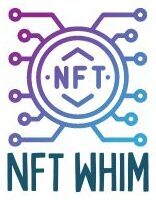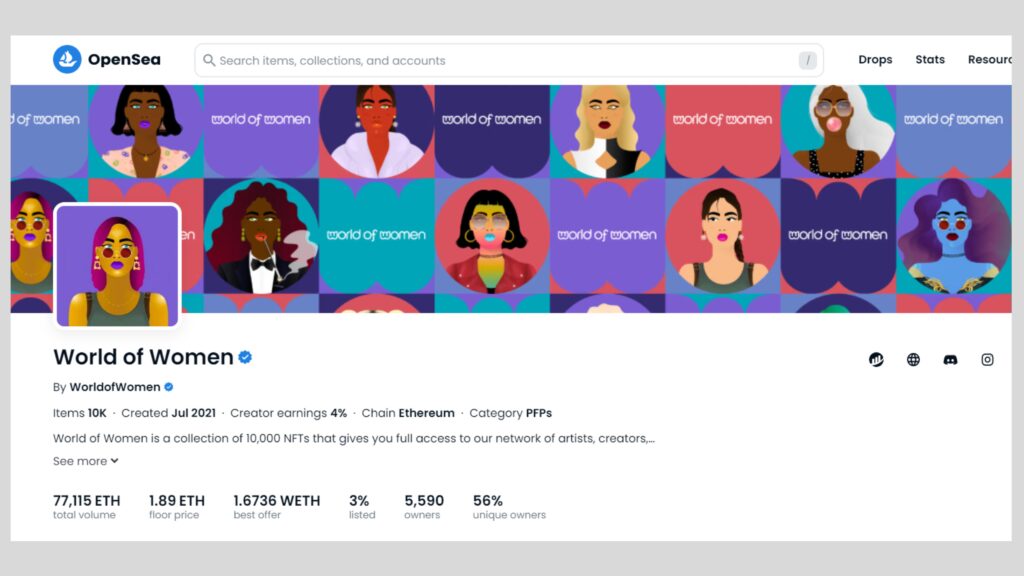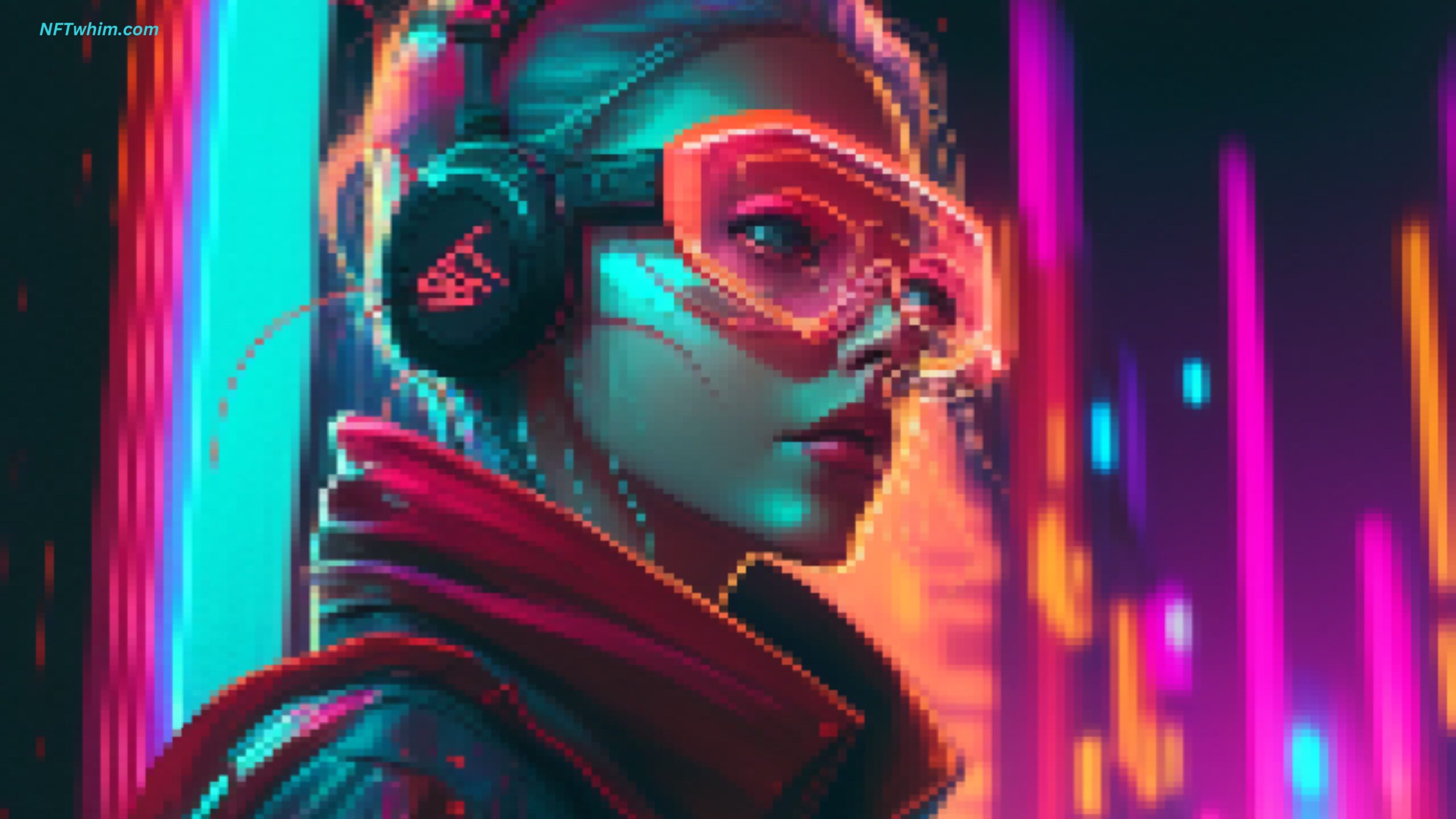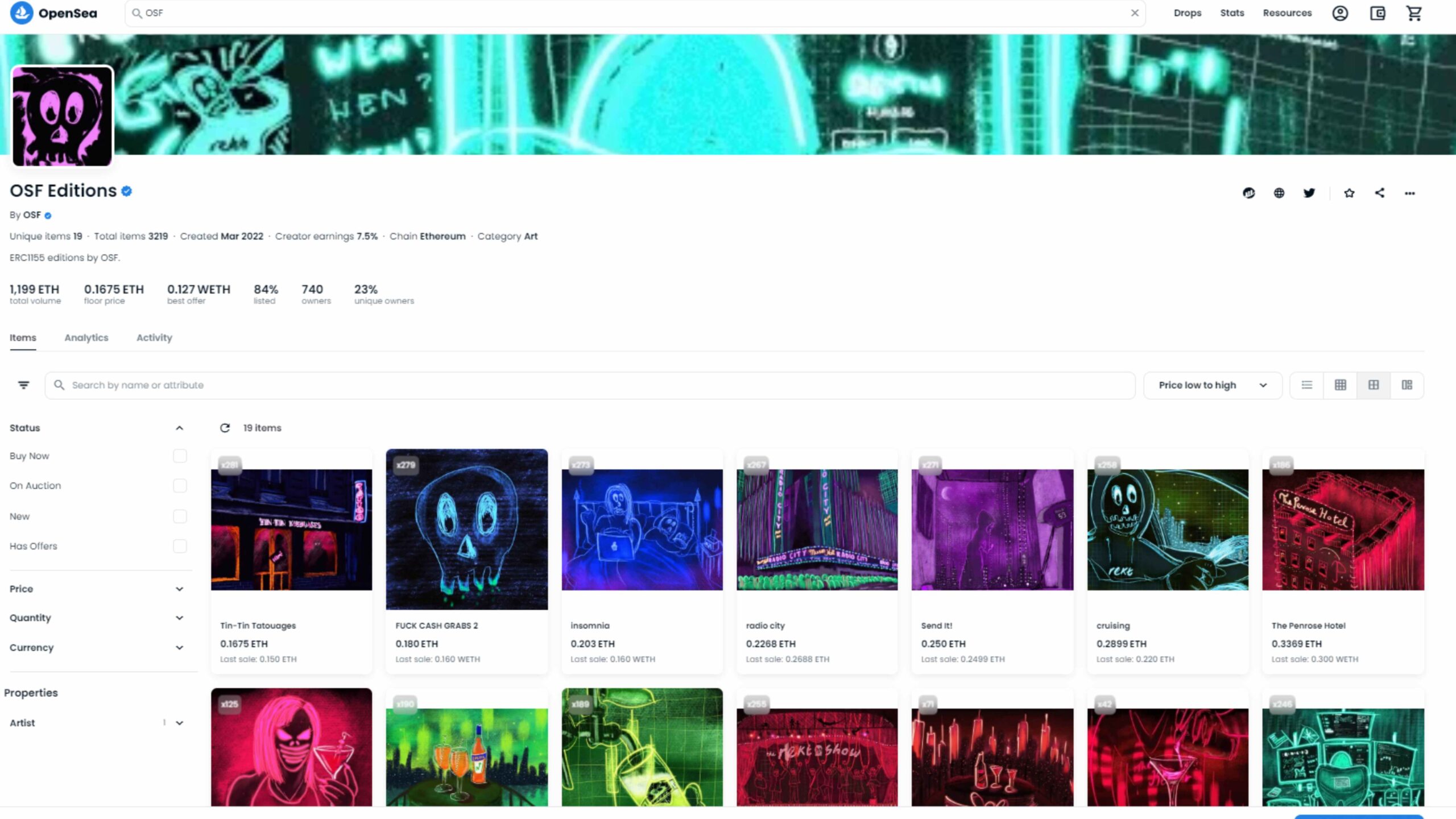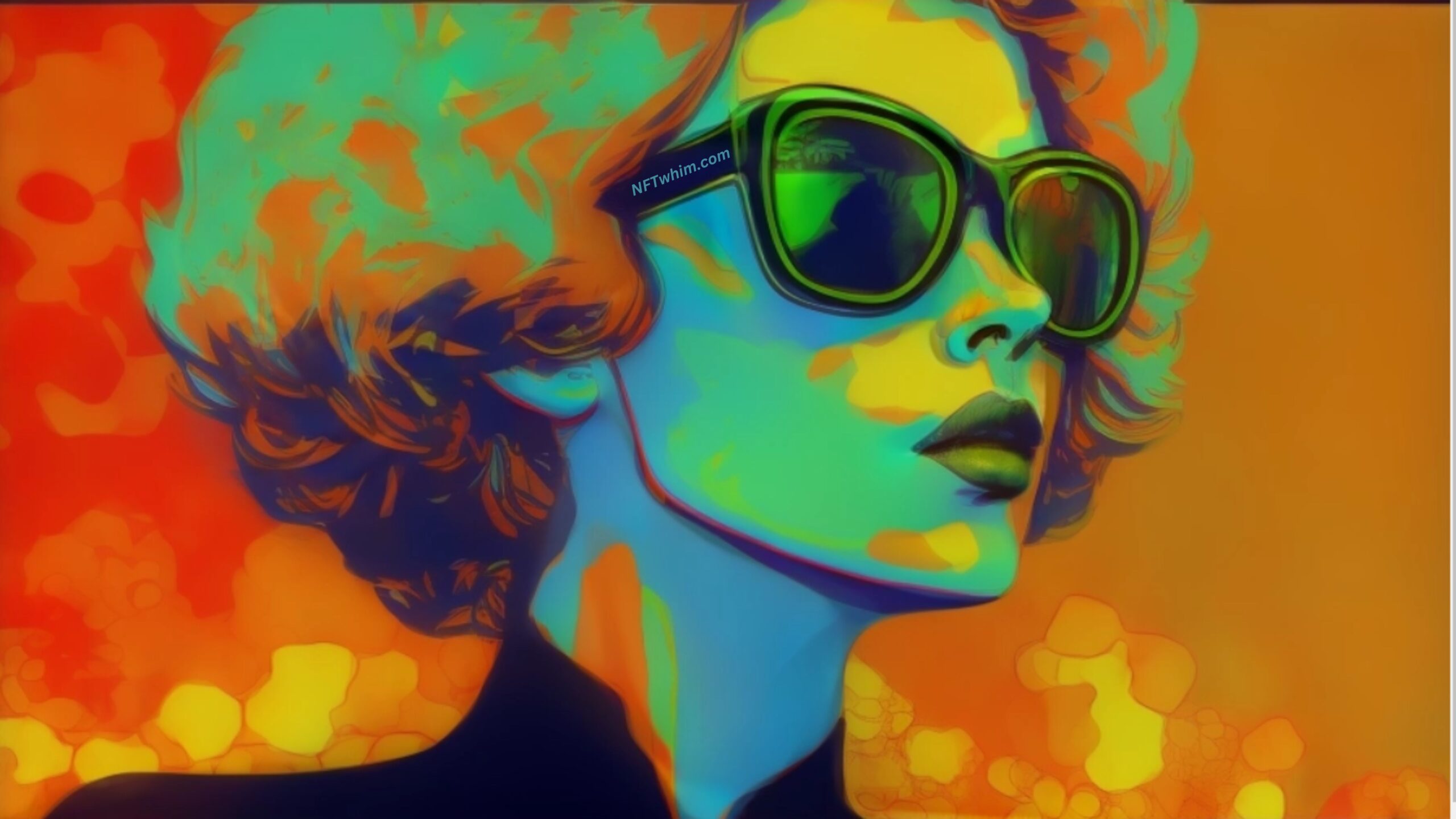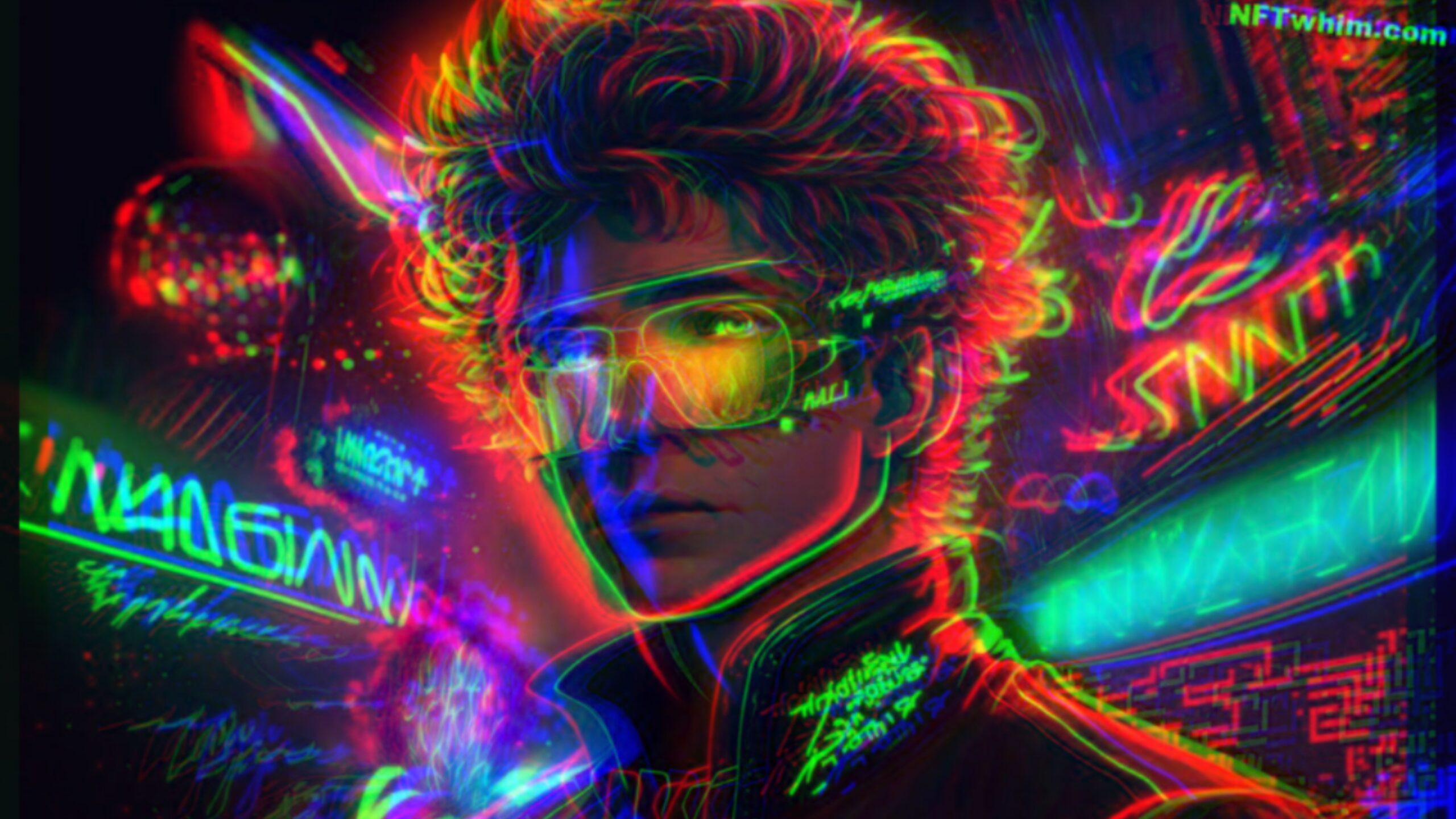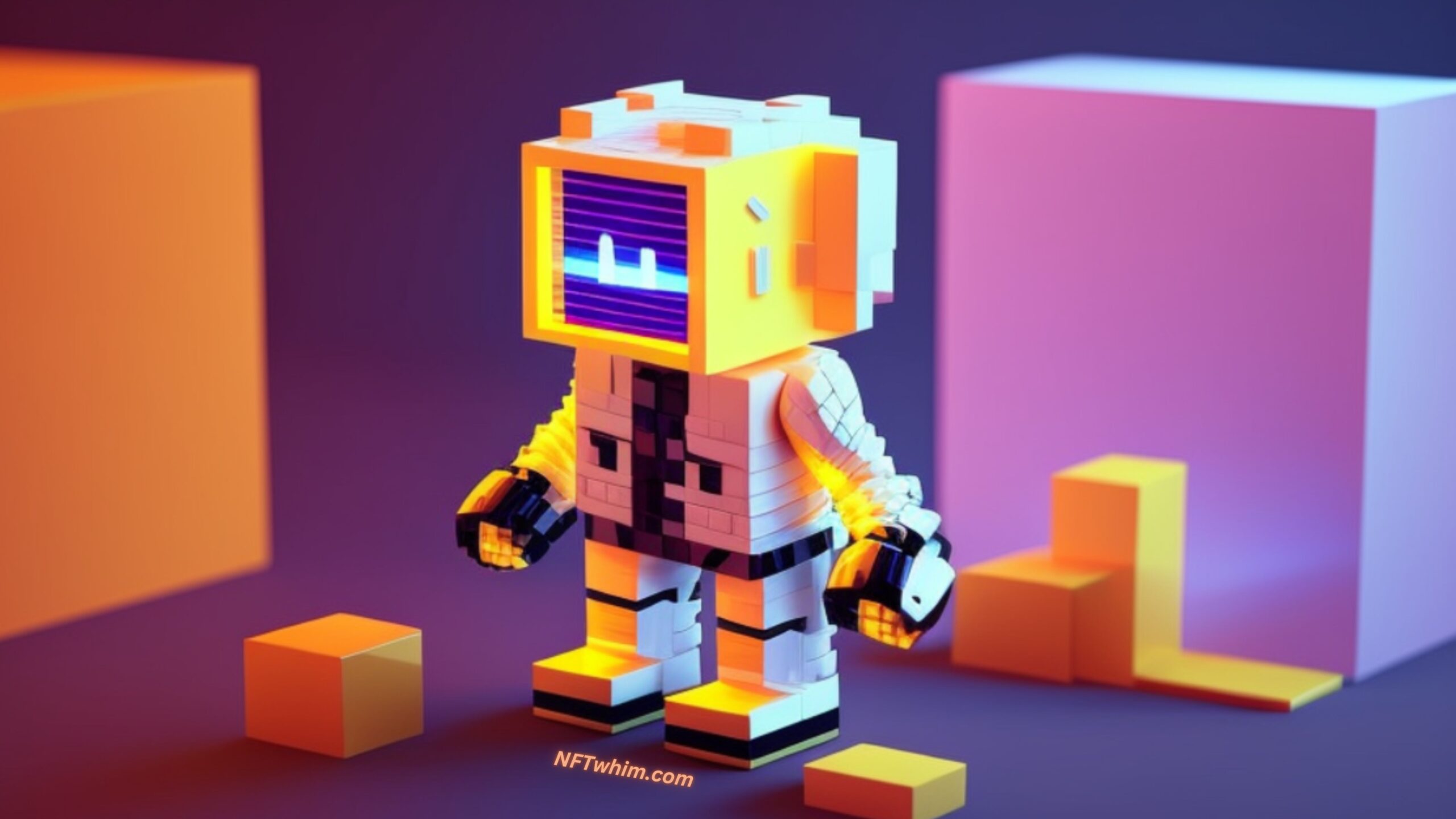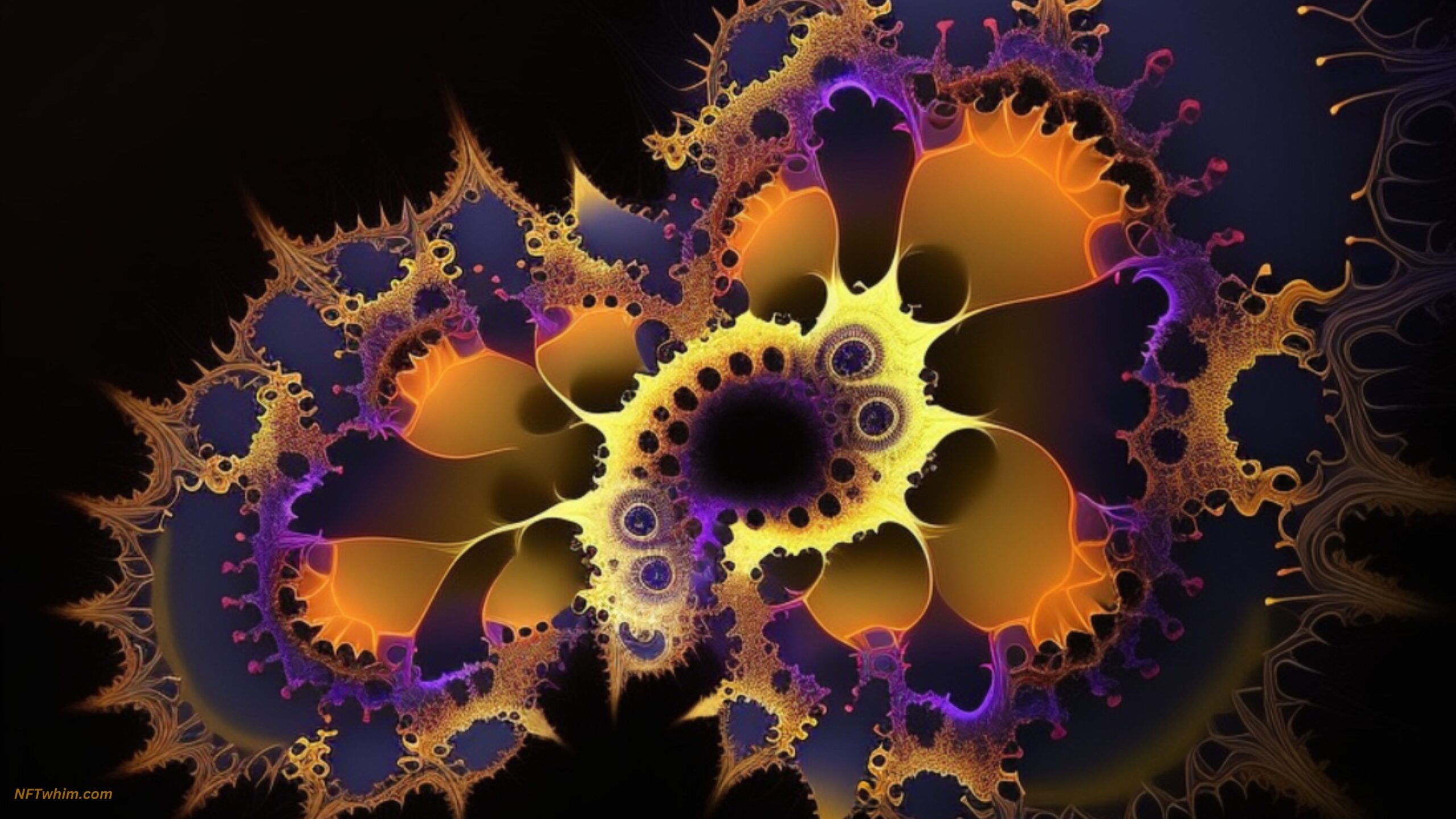As the world of digital art explodes, Non-Fungible Tokens (NFTs) have taken center stage. With their meteoric rise in popularity, they’ve become a phenomenon that’s sweeping across the globe like wildfire! But what exactly is NFT vector art and how does it work?
NFT vector art is an innovative form of digital art that uses vectors – graphical elements made up of points, lines and shapes – as its foundation. This means that unlike traditional forms of digital art where images are created pixel by pixel, vector art allows artists to easily scale up or down their creations without sacrificing any quality or detail.
But there’s more than meets the eye when it comes to the power of NFT vector art. By using blockchain technology, these works can now be tokenized and securely stored on a blockchain network, such as Ethererum, allowing them to be bought and sold online as ‘digital collectibles’. This groundbreaking concept has opened up entirely new realms of possibilities for both seasoned professionals and budding creatives alike – offering unparalleled levels of monetization potential and creative control over one’s artwork.
By the way, you may be interested in this article if you want to learn how to create your own NFT vector art.
Here are the topics we’ll cover in this post:
Table of Contents
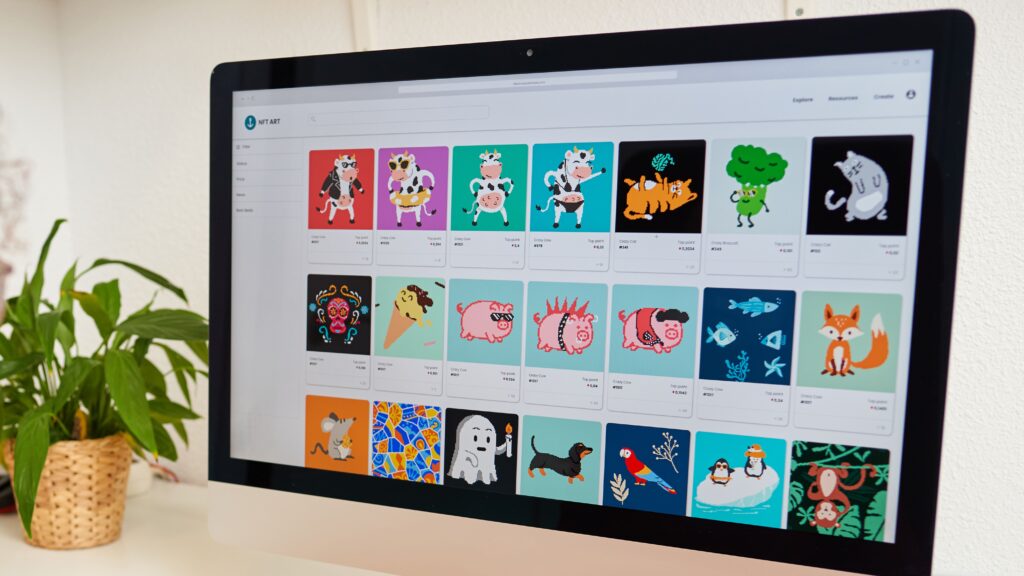
Understanding NFTs
Non-Fungible Tokens (NFTs) are a type of crypto asset, powered by blockchain technology. They represent unique digital assets that can be bought and sold on the blockchain network. NFTs are not interchangeable like other cryptocurrencies such as Bitcoin or Ethereum; each token is distinct from one another and cannot be exchanged for something else.
Unlike traditional artworks which can only exist in physical form, NFT vector art exists solely on the blockchain and is represented digitally through code. This means you don’t need to store it in your home or worry about its security – instead, you own an authentic digital work of art that no one else has access to or control over. The value of this artwork lies within its uniqueness, making it a valuable investment opportunity for collectors who have a passion for collecting rare items.
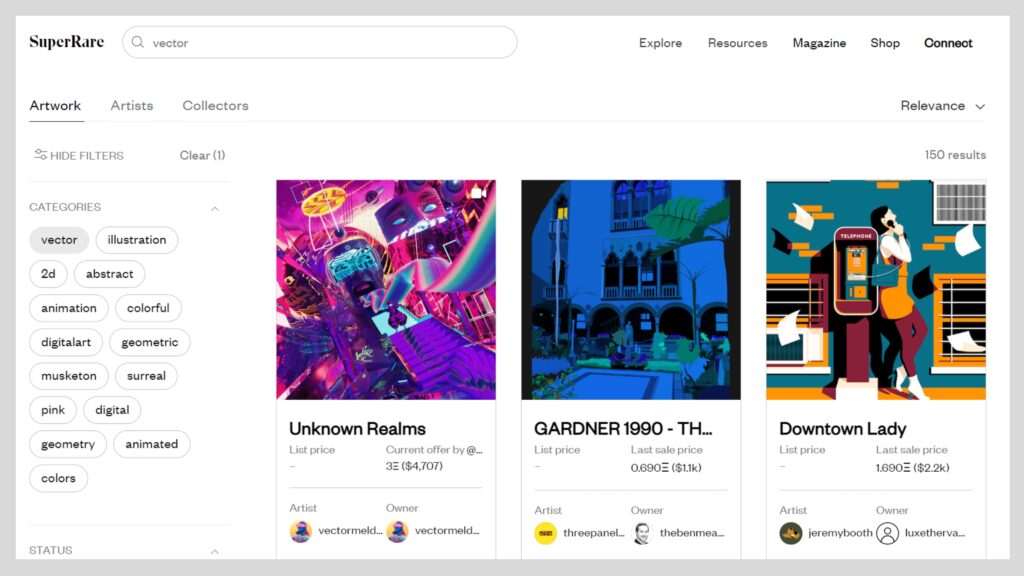
History Of Vector Art
Vector art has been around since the late 1970s. It began as a way to store digital images on primitive computers and eventually evolved into an art form that utilizes computer-generated graphics, such as Illustrator software and drawing programs like Adobe Photoshop, for creating illustrations. Vector artwork is essentially composed of mathematical equations rather than pixels or bitmaps which makes it highly scalable and resolution independent.
The use of vector graphics in digital artwork had a profound impact in the worlds of advertising, design, animation, and illustration; allowing artists to create intricate designs with precise detail. With its ability to be manipulated by various filters and effects, vector artwork can also be used for other creative applications such as logo design, website design, mobile game development, 3D printing, and much more. The possibilities are endless!
This type of graphic technology continues to make strides today as advances in computer processing power allow us even greater freedom when creating our own unique works of art. From logos to icons to full scale illustrations—vector artwork is everywhere you look online or off! As we venture further into the world of digital arts and crafts each day, new tools come along making it easier than ever before to express ourselves through this vibrant medium.
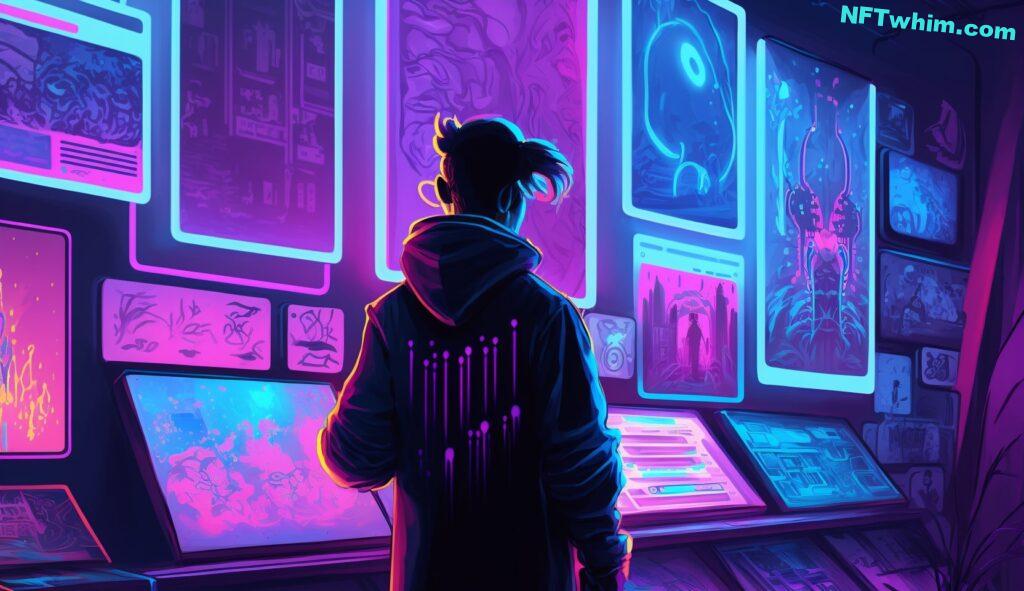
Types Of Vector Art
Vector art is a type of digital artwork that is created using vector graphics software. It typically consists of geometric shapes like circles, lines and polygons that are all connected to create an image. Vector art can be used for many different purposes including logo design, illustration and animation. The major advantage of vector art over pixel art is its scalability – it can easily be resized without losing quality or clarity.
There are several types of vector art, each with their own unique characteristics: Pixel Art creates images out of tiny colored squares; Isometric Art uses three-dimensional perspective while creating flat two-dimensional designs; 3D Art adds depth to the vector illustrations through use of shadows and highlights; Photorealistic Art incorporates realistic elements such as lighting effects and textures into the images; Fractal Art involves playing around with mathematical equations to generate intricate patterns with vibrant colors.
No matter what type of project you’re working on, there’s likely a form of vector art that will fit your needs. With the right tools and techniques, anyone can create stunning visuals in no time at all!
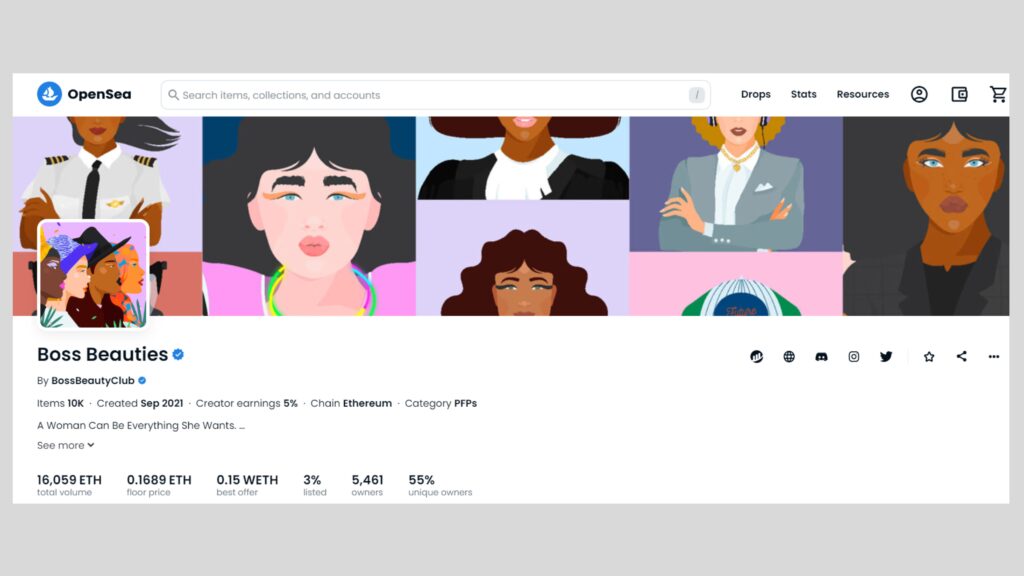
Benefits Of Vector Art
Vector art offers many benefits to graphic designers and other professionals. Its clarity, scalability benefits, and pixel-free graphics make it an ideal choice for a variety of projects. Vector art also allows simplified editing and crisp artwork that can be used in print or online without any resolution issues.
One of the most notable advantages of vector art is its ability to scale up or down while maintaining its quality. The shapes and lines remain sharper because they are not limited by pixels. This means you can adjust the size with ease and still have a clear image that looks great no matter how big or small it becomes. It’s perfect for creating logos and illustrations as well as advertisements, banners, signs, brochures and more! Plus, changes to your graphic design project can easily be made thanks to the simplified editing capabilities of vector art.
For these reasons, vector art has become increasingly popular among both amateur and professional designers who want clean visuals with maximum flexibility and control. With crisper artwork comes fewer headaches when working on projects large and small – making this type of digital file format so attractive in today’s market place.
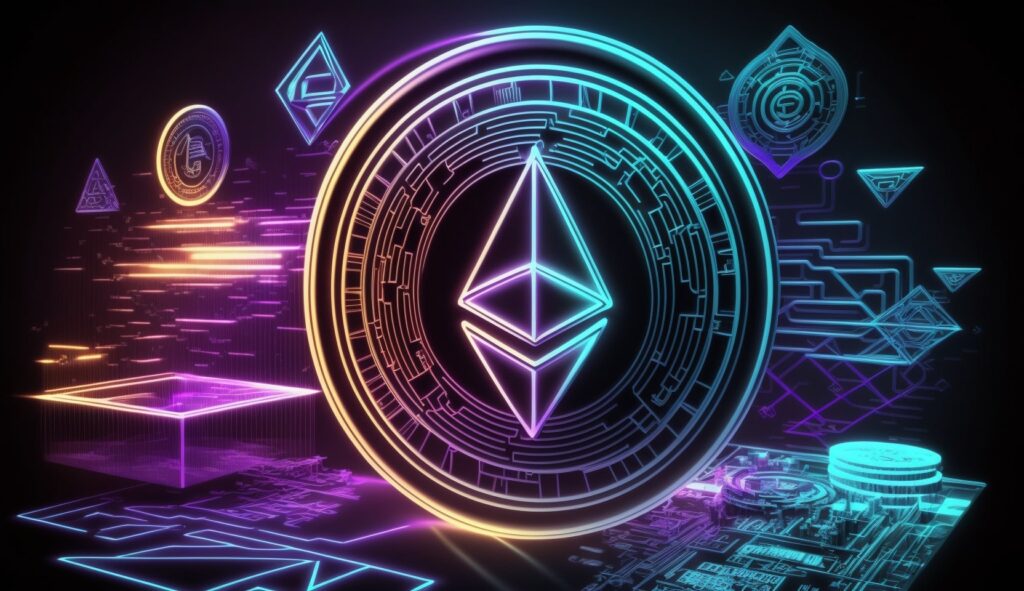
What Is A Digital Asset?
A digital asset is a type of virtual property that can be owned and controlled digitally. Digital assets are often used to represent tangible items like real estate, shares in a company, artworks, collectible cards, and more. Digital asset management involves the tracking and security of these digital assets using blockchain technology or other means.
Digital asset ownership provides users with total control over their digital assets without having to rely on third-party intermediaries such as banks or governments. This not only grants users greater freedom but also increases trust since they know their data is secure and private. Additionally, it allows them to transact quickly across different countries at low cost. Here are some benefits of owning digital assets:
• Total control over your own assets
• Increased privacy and trust
• Quick international transactions
• Low transaction fees compared to traditional methods
Digital asset protection is another important factor when considering the use of digital assets. By encrypting user data with advanced cryptographic algorithms, users’ details remain safe from theft or hacking attempts. Furthermore, distributed ledger technology ensures that all transactions are recorded securely for future reference if needed. As such, adopting good practices for online safety should always be prioritized before engaging in any sort of digital activity related to your digital assets.
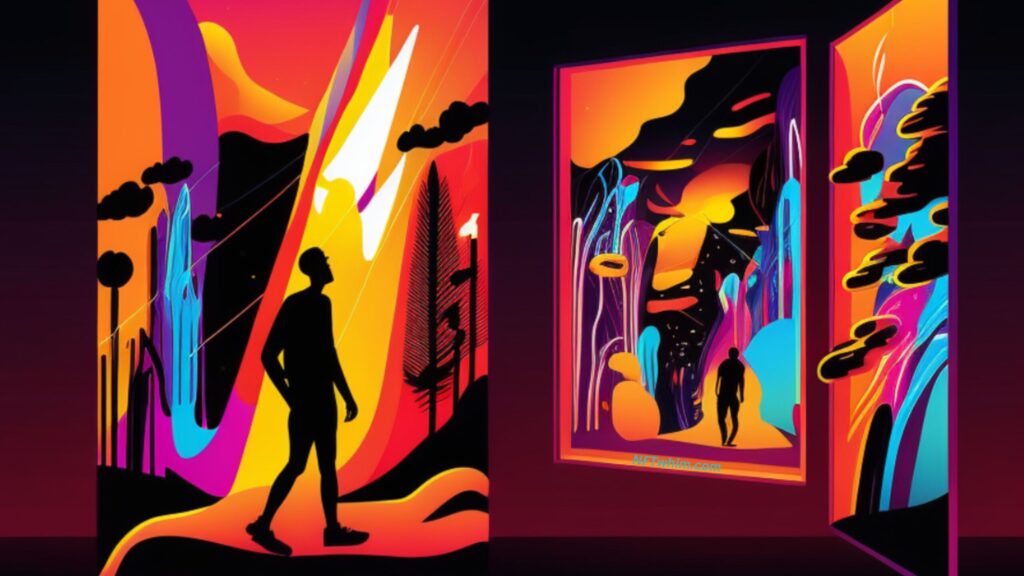
What Is A Non-Fungible Token (NFT)?
A Non-Fungible Token (NFT) is a digital asset that exists on a blockchain, making it an immutable and decentralized representation of value. It’s the first cryptocurrency to provide true ownership of digital goods, including artworks like NFT Vector Art. As opposed to traditional currencies or tokens, which are interchangeable and divisible, each NFT has its own unique characteristic attributes stored as metadata within the token itself.
NFTs can be used for smart contracts such as auctions or purchases with built-in escrow services. They also allow users to store information securely in one place without having to worry about security concerns associated with third parties or centralized servers. Furthermore, thanks to their decentralized nature, buyers have more control over the rights associated with their purchase than ever before: they get to decide who owns what piece of artwork and how much it should cost. This gives creators a new level of autonomy when creating works and allows them to monetize their work in ways never thought possible before. In addition, because these assets exist on a public ledger, anyone can view transaction data at anytime—providing complete transparency into the entire process.
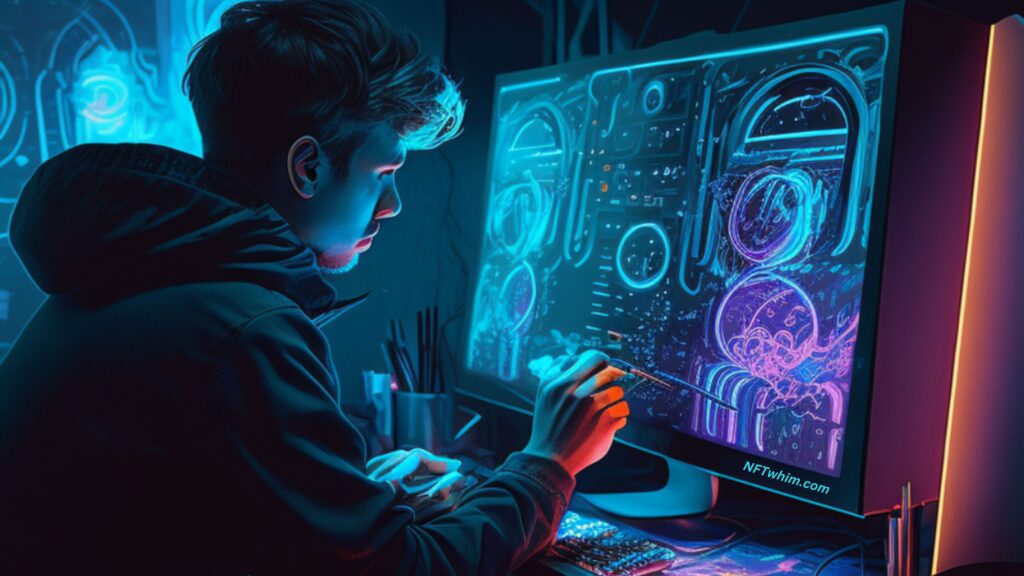
NFTs And The Blockchain
NFTs are fundamentally intertwined with the blockchain, and it is essential to understand how this technology works in order for an individual to comprehend why NFTs exist. The blockchain is a distributed ledger that facilitates secure digital transactions without the need for intermediaries. Digital records on the blockchain called blocks are linked together using cryptographic principles, forming a chain of data which cannot be tampered with or altered. This immutable record ensures that all users can trust any digital asset ownership recorded within the network.
The use of blockchain technology enables digital assets such as NFTs to be securely stored and traded on networks known as NFT markets. These platforms allow buyers to purchase unique NFT tokens directly from their creators, while also enabling other traders to buy and sell these tokens amongst themselves. Transactions conducted through these marketplaces are secured by smart contracts written onto the blockchain, ensuring each transaction is processed quickly and safely at minimal cost compared to traditional payment methods like credit cards. Furthermore, since no personal information is attached to each token, they offer greater privacy when trading than other financial instruments. As more people begin adopting this new method of asset transfer and management, we can expect to see even more growth in terms of NFT markets and innovative uses for NFTs over time.
Markets For NFT Vector Art
The art world is changing rapidly and the introduction of NFT vector art has opened up a new landscape for creative expression. This technology allows anyone to become an artist, creating digital content that can be traded in markets like never before. While it may seem daunting at first, understanding the markets for NFT vector art will offer tremendous opportunities to both creators and collectors alike.
NFT vector art sales are taking place on several different platforms, allowing investors and buyers to easily buy into these new digital assets. Vector art nft investing entails buying specific pieces or collections of artwork in order to gain ownership over them; these investments can then generate profits as more people join the market. There are also many potential rewards for those who collect these unique works; from being able to own something truly unique that could potentially increase in value over time, to having bragging rights amongst their peers.
In addition, there are now entire communities dedicated solely towards trading and discussing NFT vector art with one another. These groups provide valuable insight into trends within this emerging field, giving individuals further confidence when making purchases or deciding which works they should invest in. With all of the resources available today, getting started in the world of NFT vector art investing is easier than ever before!
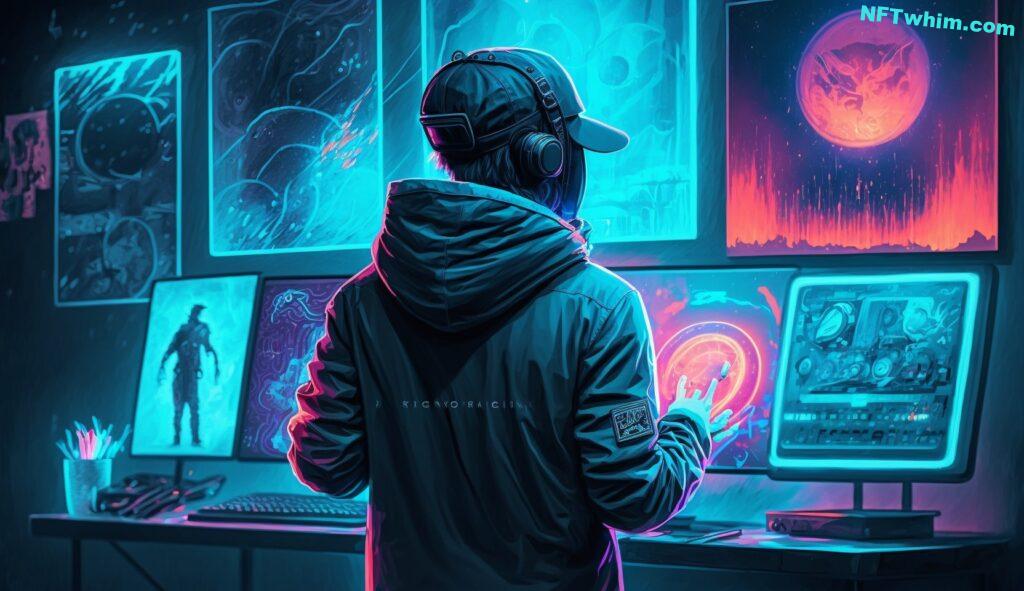
Vector Art NFT Collectors And Artist Profiles
NFT vector art is a revolutionary new form of digital artwork that allows anyone to collect, trade and display rare pieces from their favorite artists. Collectors and artists alike have embraced the NFT marketplace as a way to create unique works of art and share them with others.
To get started in collecting vector art NFTs, it’s important to familiarize yourself with collector profiles and artist profiles on popular NFT marketplaces like OpenSea or Rarible. Here are some tips for building relationships in the NFT community:
- Follow the work of your favorite collectors and artists – staying up-to-date with their newest releases can help you discover more great pieces.
- Interact directly with other collectors and artists by commenting on their posts or messaging them about collaborations.
- Join online forums dedicated to discussing all things related to NFTs – this is an excellent way to find out what’s happening in the world of crypto art!
- Research upcoming auctions so you know when there will be exciting opportunities to purchase something special.
By connecting with fellow NFT enthusiasts, you’ll learn how the industry works, build meaningful relationships, and gain access to exclusive items that only true insiders know about! With enough dedication, anyone can become an expert at finding hidden gems among the thousands of beautiful creations available on the blockchain today.
How To Valuate A Vector Art NFT?
Valuating a vector art NFT is a complex process, depending on the asset’s unique characteristics. It can be thought of as similar to valuing any other digital asset or token – understanding market demand and cryptocurrency pricing are both factors in determining an NFT’s worth.
In its most basic form, NFT valuation requires analyzing the underlying blockchain technology that supports it, along with assessing the size and reach of its community. Factors like liquidity or scarcity will also determine how much someone may pay for a particular asset. For instance, common assets such as artwork will generally have more widespread appeal and higher demand than something rarer like limited-edition collectibles — which could potentially result in greater value when sold. Furthermore, examining the intrinsic value of each piece should include research into not only its current but future potential too; what new features or opportunities can it offer?
Ultimately, valuating an NFT comes down to establishing trust between buyers and sellers by taking stock of all relevant information available about the asset before engaging in transactions. By doing so, users can make informed decisions about smart investments and garner maximum returns from their digital assets.
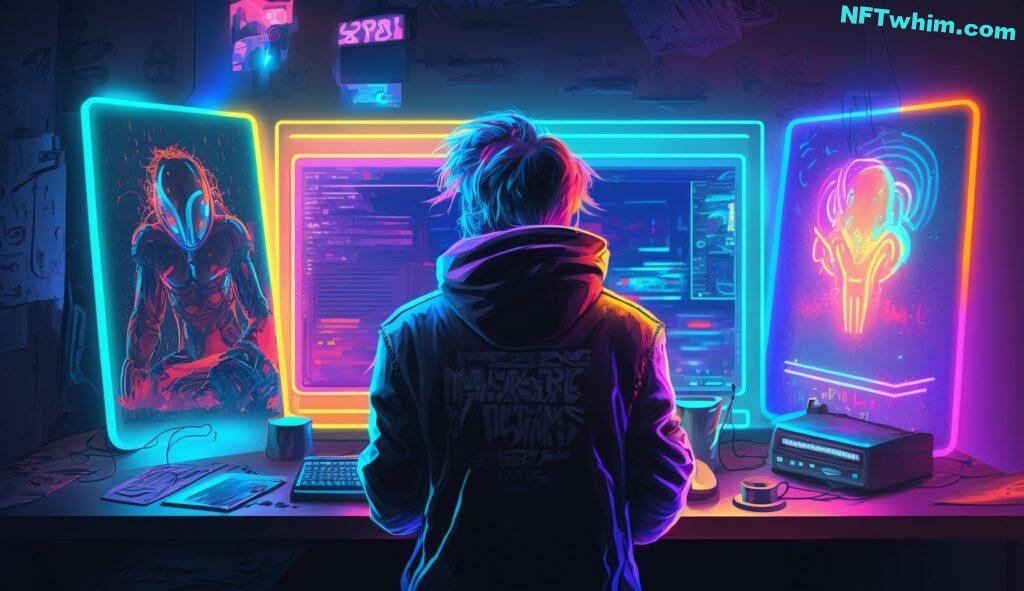
Potential Risks Of Collecting Vector Art NFTs
Investing in Non-Fungible Tokens (NFTs), including vector art NFTs, is an exciting venture into the world of digital asset ownership, but it’s important to be aware of the potential risks. Just like any other token investment or cryptocurrency investment, there are elements of risk involved when investing in NFTs. It can be hard to predict the future value of a digital asset and its associated tokens, so doing your research before committing to an NFT purchase is essential.
An analogy that may help put this concept into perspective would be comparing NFT investments with buying artwork. When you invest in art you never know if it will increase or decrease in value; similarly, when purchasing an NFT you should understand that there’s always a chance that the value could go down as well as up. This unpredictability carries greater risks than traditional forms of investing such as stocks and bonds because prices for these assets tend to remain more stable over time compared to cryptoassets like NFTs.
It’s also worth noting that some jurisdictions may consider certain types of cryptocurrencies and tokens as securities which could subject holders to additional regulations depending on where they live. Therefore, ensuring you have all the necessary information about laws related to NFTs before making any purchases is key for avoiding financial losses due to unexpected regulatory issues. Ultimately, taking steps to educate yourself on the various risks associated with investing in NFTs can help ensure your success as a savvy investor.
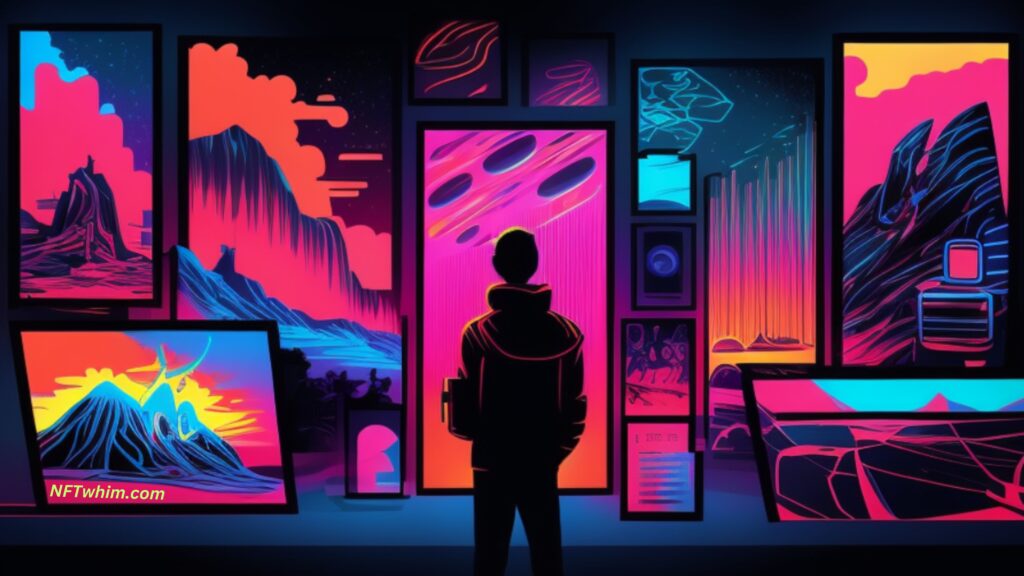
Conclusion
In conclusion, NFTs and vector art are two of the most innovative technologies to enter the digital asset market. They allow users to create unique artwork that can be collected, sold, and traded in a secure marketplace.
All things considered, collecting NFT vector art could potentially be a great way to diversify one’s portfolio in this modern age – if done with caution! To put it simply: just like any other form of art or collecting, you need to know what you’re doing before diving headfirst into the world of NFTs and vector art.
Featured image: The World of Women collection’s listing page at Opensea, a popular NFT Vector Art collection. Image credit: Opensea’s listing page.
Author: Robin Olsson
Author Bio: I’m Robin and on this website, I share everything I’ve learned since getting into NFTs in 2021. I have a background in research and I’ve been in crypto for several years. You can read more about me here.
